The Reefs
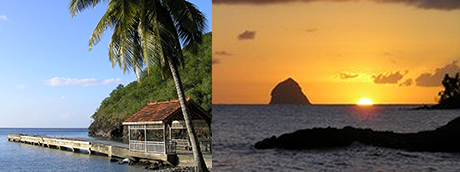
The Carribean Sea
Alpha Plongée welcomes you to dive in the Caribbean Sea, Martinique: crystal clear waters all year round oscillating between 26° at Christmas time & 30° in July & August. On the south-west of the island, in Grande Anse d’arlet, you won’t find coral reefs however the Caribbean offers a rich variety of reliefs and depths; all accessible from anchorage points all along the coast.
The reefs Grande Anse offers are amazingly rich & colourful! You just have to witness the fauna, which can be found around our reefs supporting an abundance of underwater wildlife from corals to the wonderful & bizarrely shaped sponges & animals, to realise what wonderful underwater lifeforms we have here.
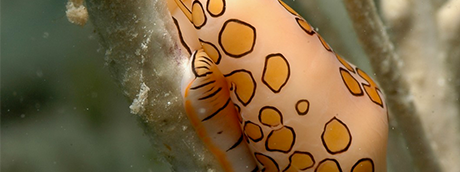
Mollusks
Soft bodied animals, mollusks are well known for garnishing our plates. Indeed, among the mollusk family you can find oysters, mussels, scallops, and if you didn’t know before octopus are mollusks! In Martinique octopus can be found in the traditional dish Chatrou.
A large part of the mollusk family are protected by a shell, like for example the Conch which can be seen at times when diving in Grande Anse. Mollusks are practically all mobile. Characteristics vary; certain are as hard as nacre while others make up some of the fastest of marine animals such as the squid moving at around 20 knots!

Worms
The annelids also known as ringed worms are made up of several segments; hence their name. Mobile worms can also be found such as the fire-worm generally found on the cnidarians which it feeds. Watch out! As the name suggests it burns its aggressors! We also have sedentary worms which are fixed & can be found living in tubes! Its plumes can be observed filtering water however at the slightest sign of danger you will see them retract into the tube. You can see this for yourself with the Spirograph or Spirobranchus tube worm found in the waters of Grande Anse.
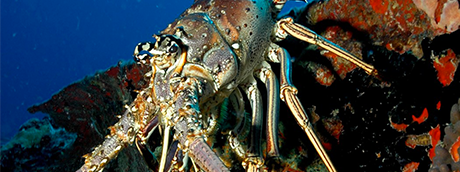
Crustaceans
These animals are most notably known for their rigid shells such as can be found in the most famous of the family: shrimps, crabs, lobsters… There are also many plankton crustacean species, possibly as many as 50,000 species!
In Martinique, the most popular of these arthropods is, without doubt, the lobster which is found on the menu in most restaurants, and can be found on most dives. When growing, crustaceans have a carapace which must be replaced as they shed the old one.While waiting for the new carapace to grow, which is around 24 hours, they are quite vulnerable to predators.
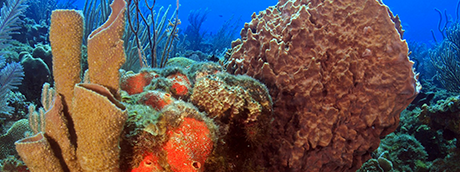
Sponges
Always fixed, sponges filter the water in order to extract oxygen and micro-organisms. Another particularity of the sponge is spongin. This extremely elastic material which we know as the sponge we use, for example, in the bathroom! The size of sponges varies; certain can be just centimetres whilst others such as the barrel sponges of the Caribbean can reach 2 metres. Growing 2 centimetres per year they are thus centenaries!
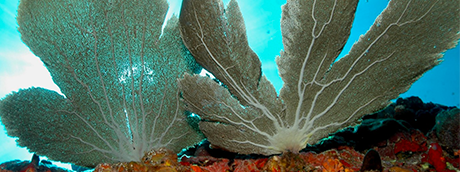
Cnidarians
Coming from the Greek knidê meaning nettles, cnidarians are stinging animals! Widespread across the Caribbean and specially so in Grande Anse, coral being a part of this family, they are characterised by a mouth surrounded by tentacles which contain stinging cells called cnidocysts. These are both a means of nourishment & protection. In Martinique, although mostly harmless to humans, some may have a nasty sting such as the fire coral and some jellyfish. This marine family is rich and diverse: some cnidarians are pelagic (jellyfish), some benthic (corals), some live alone (anemones) and others live in colonies (corals, gorgonians).
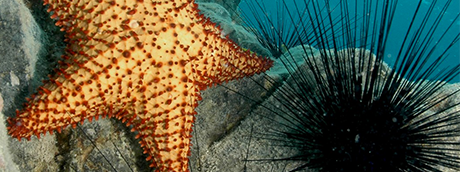
Echinoderms
Coming from the Greek knidê meaning nettles, cnidarians are stinging animals! Widespread across the Caribbean and specially so in Grande Anse, coral being a part of this family, they are characterised by a mouth surrounded by tentacles which contain stinging cells called cnidocysts. These are both a means of nourishment & protection. In Martinique, although mostly harmless to humans, some may have a nasty sting such as the fire coral and some jellyfish. This marine family is rich and diverse: some cnidarians are pelagic (jellyfish), some benthic (corals), some live alone (anemones) and others live in colonies (corals, gorgonians).
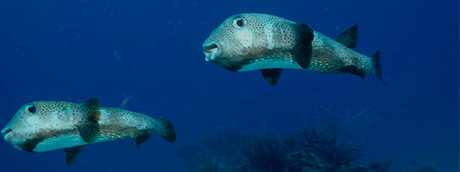
Vertebrates
Turtles, mammals such as dolphins and whales, and fish can be found In the vertebrate family (animals having a spine). Martinique has a wealth of vertebrates, from the whales which visit from January to March, to the turtles which can be seen almost everyday from the beaches of Grande Anse d’Arlet. There are two main categories of fish: osseous fish: skeleton made up of bone, and cartilaginous fish: skeleton made up of flex cartilage such as sharks and rays. All fish are mobile and can be found either living alone, in pairs or in schools. And of course fish are the animals everybody expects to sea underwater but you will be surprised to learn that although they can be found in all seas & oceans they only represent 5% of animal species! A very particular inhabitant of the Grande Anse reef is the Spot-fin Porcupine from the osseous fish family. This fish is particular in the fact that when scared it swallows a large quantity of water which expands a pocket close to its stomach in turn doubling its size serving to scare off predators!
Where to find us?
Our Alpha Plongée center is located on the beach of Grande Anse d’Arlet, about 200m to the right of the pontoon, looking out to sea. We are in the middle of the pedestrian street which runs along the seaside, between the restaurants “Bidjoul” and “Arcades”.
If you decide to join us by car, you can park in the large car park which overlooks the road opposite to the grocery store. It is indicated by a large blue sign. To find us, all you have to do is cross the road and slip between two rows of houses.
| GPS : |
Alpha Plongée Martinique
97217 LES ANSES D’ARLET.
